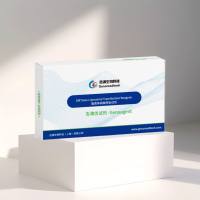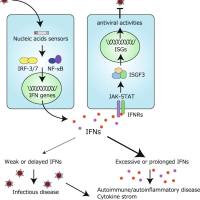Functional Liposomal Membranes for Triggered Release
互联网
650
Shortly after the discovery of liposomes (J Mol Biol 13:238–252, 1965), Gregoriadis et al. (Lancet 1:1313–1316, 1974) suggested their use as drug delivery vesicles. Since then there have been many developments in liposomal composition, efficient drug encapsulation and retention, stability, and targeting (Biochim Biophys Acta 1113:171–199, 1992). However, even though some of the very potent drug formulations in liposomes were clinically approved, in most cases the amount of drug passively released from such ideal, long-circulating, sterically stable liposomes was not enough to show a therapeutic effect (Cancer Chemother Pharmacol 49:201–210, 2002; Cancer Chemother Pharmacol 48:266–268, 2001; Eur J Cancer 37:2015–2022, 2001; Breast Cancer Res Treat 77:185–188, 2003; Lung Cancer 34:427–432, 2001; Cancer Chemother Pharmacol 50:131–136, 2002). It has been hypothesized that the enhanced release at the target site will significantly improve the specificity and efficacy of a liposomal drug (J Liposomes Res 8:299–335, 1998; Pharmaco Rev 51:691–744, 1999; Curr Opin Mol Ther 3:153–158, 2001). To solve this challenge, more research efforts were directed toward a triggered release, in response to a specific stimulus at a target site. Here, we present an engineered, bacterial channel protein as a remote-controlled nanovalve in sterically stable liposomes for a triggered release of the liposomal content on command.









